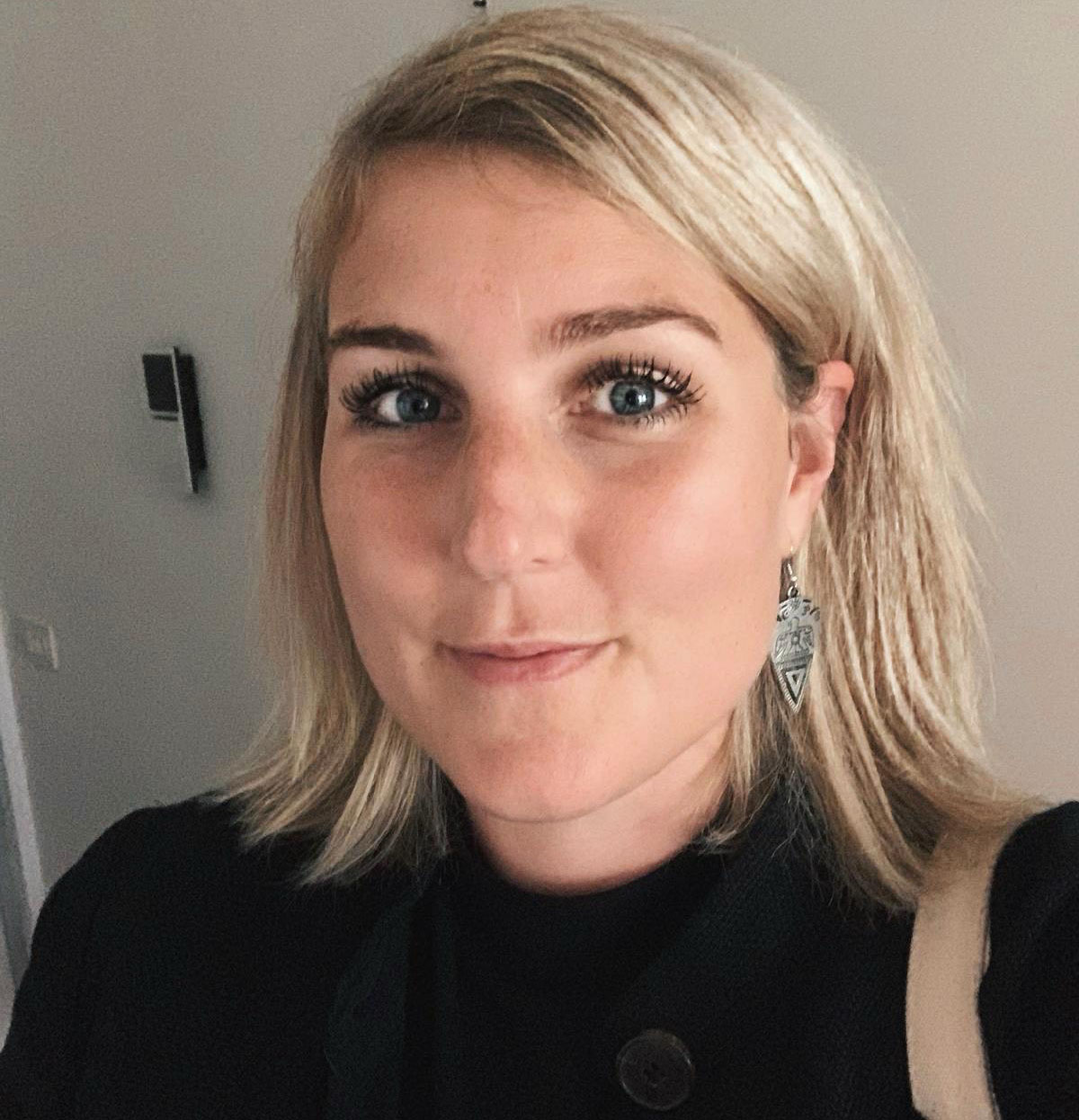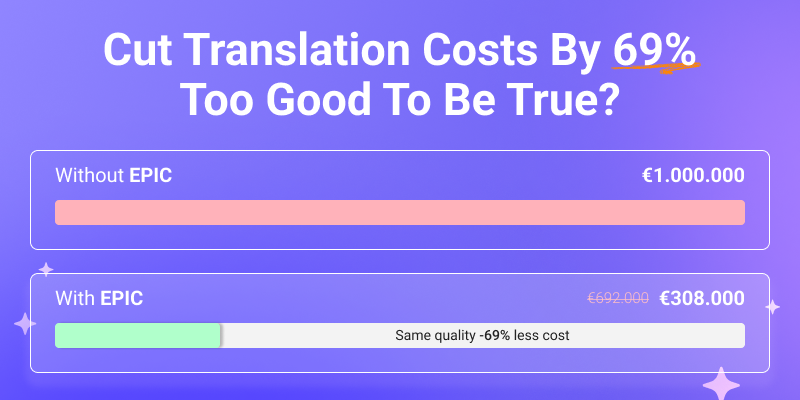

In the last few years, machine translation (MT) quality has improved so rapidly that it’s changed the economics of localization altogether. Where full human post-editing used to be essential, today a large share of MT output is already “good enough”, requiring little to no human correction. Yet, most translation workflows still include full post-editing for every segment, regardless of whether it’s actually needed.
That’s where EPIC comes in. By combining Quality Estimation (QE) and Automatic Post-Editing (APE), EPIC helps you focus human effort where it really matters, saving both time and money without compromising on quality.
To make this tangible, we created the EPIC ROI Calculator: a simple tool that shows you the potential impact of QE and APE on your translation budget.
How the EPIC ROI Calculator Works
The calculator requires just three basic inputs:
- Your total yearly translation spend
- Your average word rate for MTPE
- The number of target languages
Based on this, it estimates:
- Your current cost of translation
- The EPIC cost when applying QE and APE strategically
- Your potential savings in both euros and percentages
This model reflects the reality we see across industries today: with strong MT baselines, a large portion of content can be handled with minimal or no human intervention.
A Realistic Example of QE Savings
Let’s take a company that spends €1,000,000 per year translating into 10 languages at an average MTPE rate of €0.05 per word. That equals around 20 million words or - taking an average of 6 characters per word - 120 million characters of translation annual volume that undergoes MTPE.
With EPIC:
- QE costs €200 per million characters.
- On average, only half of the MT content (50%) would need APE.
- Of that, we saw that around 60% actually improves through APE (and you only pay for what gets better)
That leads to:
- 80% less content requiring human PE: €200,000
- QE Cost: €48,000
- APE Cost: €60,000
- Total EPIC Cost + human PE: €308,000
If you reduce human post-editing to just 20% of the content (thanks to QE filtering out what doesn’t need it), your total translation cost drops to €308,000 — compared to the original €1,000,000.
That’s a 69% cost reduction (or €692,000!) every year.
Why These Numbers Make Sense
A few years ago, such savings might have sounded ambitious. But today’s MT engines, combined with advanced QE and APE, make them entirely realistic.
MT systems (especially those trained on domain-specific data) now deliver close to human-parity results on a large portion of text across many content types, particularly for high-resource languages.
So in practice, we see that:
- Around 50–60% of content can skip human editing entirely
- APE can automatically improve another share of segments, reducing the need for human involvement even further.
The combination of these two steps creates a data-driven workflow where human effort is focused only where it adds value.
The Impact Beyond Cost
Cost savings are just the starting point. Companies that implement EPIC also benefit from:
- Faster turnaround, because 80% of content no longer goes through full post-editing cycles.
- Consistent quality, thanks to automated, objective quality scoring.
- Scalability, enabling teams to handle larger volumes and more languages without growing headcount.
- Transparent reporting, making it easy to track impact and optimize over time.
Try It Yourself
Curious to see how much you could save? Testing the EPIC ROI Calculator is free, quick, and gives you an instant, personalized savings estimate.
You’ll also receive a detailed EPIC Savings Report, showing your:
- Current cost vs. EPIC workflow cost
- QE and APE contribution to savings
- Potential for customization for even greater efficiency
QE and APE are no longer experimental technologies: they’re practical, proven ways to modernize translation workflows. By combining advanced AI with human expertise where it matters, EPIC helps organizations unlock efficiency without compromising quality.
Numbers don’t lie. A 69% cost reduction is not a nice-to-have. It can be a life-saving strategic advantage.